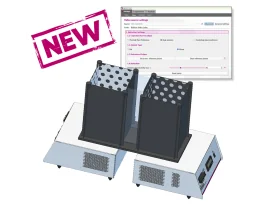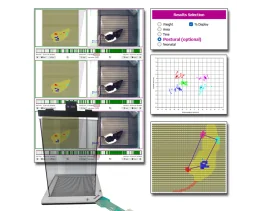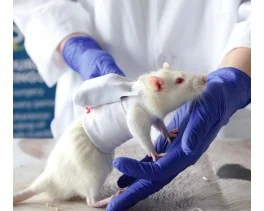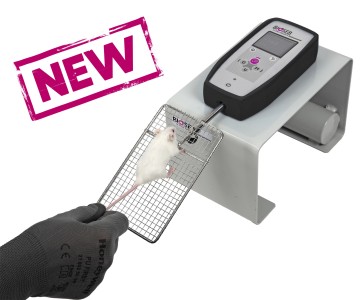Authors
SA Barbati, S Cocco, V Longo, M Spinelli, K Gironi
Lab
Istituto di Fisiologia Umana, Università Cattolica del Sacro Cuore, Largo F. Vito, 1, 00168 Roma, Italy.
Journal
Cerebral Cortex
Abstract
Consistent body of evidence shows that transcranial direct-current stimulation (tDCS) over the primary motor cortex (M1) facilitates motor learning and promotes recovery after stroke. However, the knowledge of molecular mechanisms behind tDCS effects needs to be deepened for a more rational use of this technique in clinical settings. Here we characterized the effects of anodal tDCS of M1, focusing on its impact on glutamatergic synaptic transmission and plasticity. Mice subjected to tDCS displayed increased long-term potentiation (LTP) and enhanced basal synaptic transmission at layer II/III horizontal connections. They performed better than sham-stimulated mice in the single-pellet reaching task and exhibited increased forelimb strength. Dendritic spine density of layer II/III pyramidal neurons was also increased by tDCS. At molecular level, tDCS enhanced: 1) BDNF expression, 2) phosphorylation of CREB, CaMKII, and GluA1, and 3) S-nitrosylation of GluA1 and HDAC2. Blockade of nitric oxide synthesis by L-NAME prevented the tDCS-induced enhancement of GluA1 phosphorylation at Ser831 and BDNF levels, as well as of miniature excitatory postsynaptic current (mEPSC) frequency, LTP and reaching performance. Collectively, these findings demonstrate that anodal tDCS engages plasticity mechanisms in the M1 and highlight a role for nitric oxide (NO) as a novel mediator of tDCS effects.
BIOSEB Instruments Used
Grip strength test (BIO-GS3)
Source :
https://academic.oup.com/cercor/advance-article-abstract/doi/10.1093/cercor/bhz288/5671927

 Douleur - Allodynie/Hyperalgésie Thermique
Douleur - Allodynie/Hyperalgésie Thermique Douleur - Spontanée - Déficit de Posture
Douleur - Spontanée - Déficit de Posture Douleur - Allodynie/Hyperalgésie Mécanique
Douleur - Allodynie/Hyperalgésie Mécanique Apprentissage/Mémoire - Attention - Addiction
Apprentissage/Mémoire - Attention - Addiction Physiologie & Recherche Respiratoire
Physiologie & Recherche Respiratoire




































 Douleur
Douleur Système Nerveux Central (SNC)
Système Nerveux Central (SNC)  Neurodégénérescence
Neurodégénérescence Système sensoriel
Système sensoriel Système moteur
Système moteur Troubles de l'humeur
Troubles de l'humeur Autres pathologies
Autres pathologies Système musculaire
Système musculaire Articulations
Articulations Métabolisme
Métabolisme Thématiques transversales
Thématiques transversales Congrès & Meetings
Congrès & Meetings 